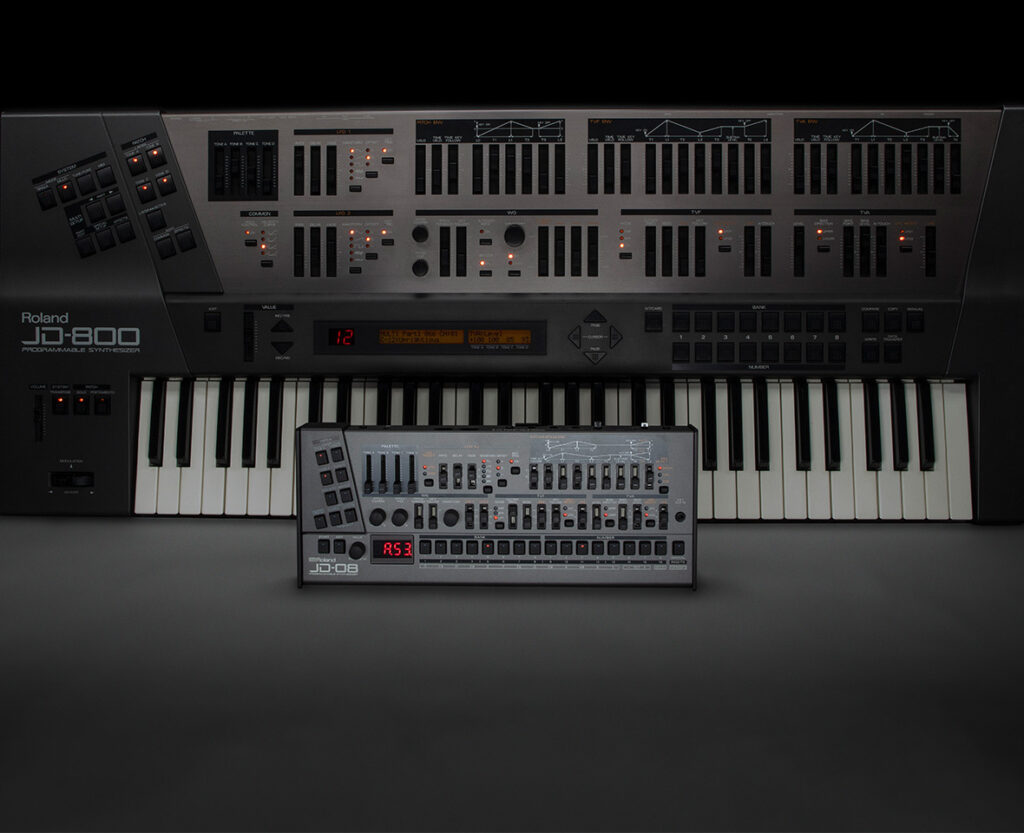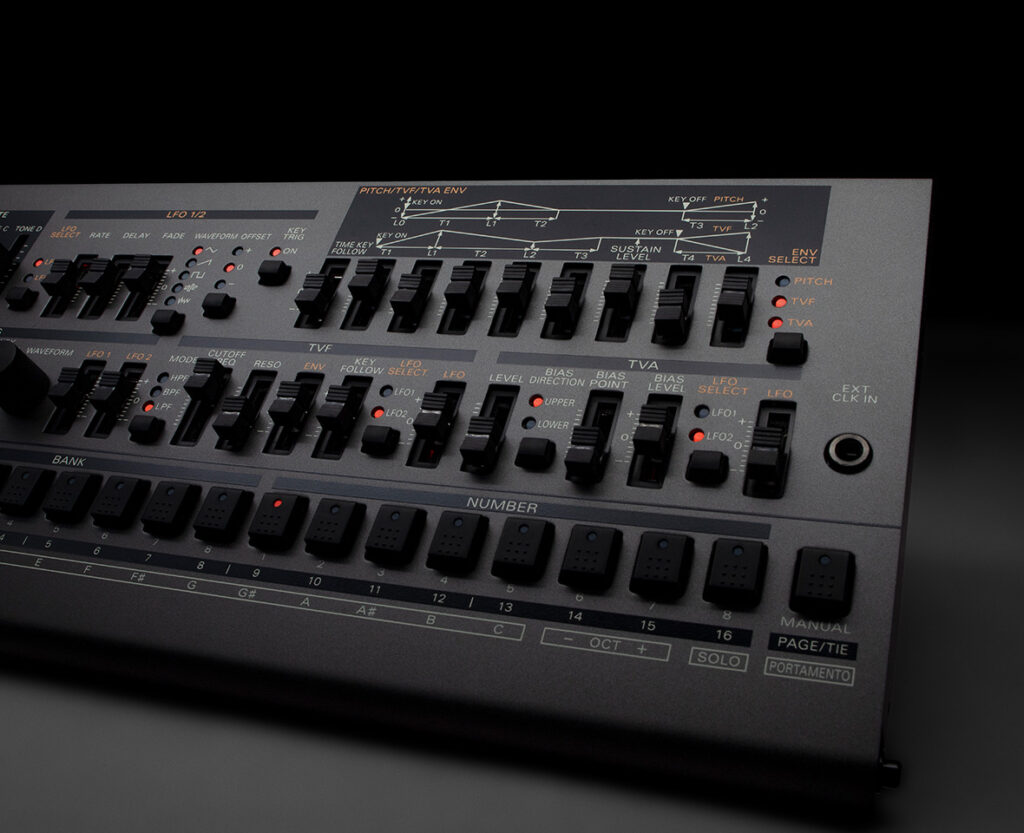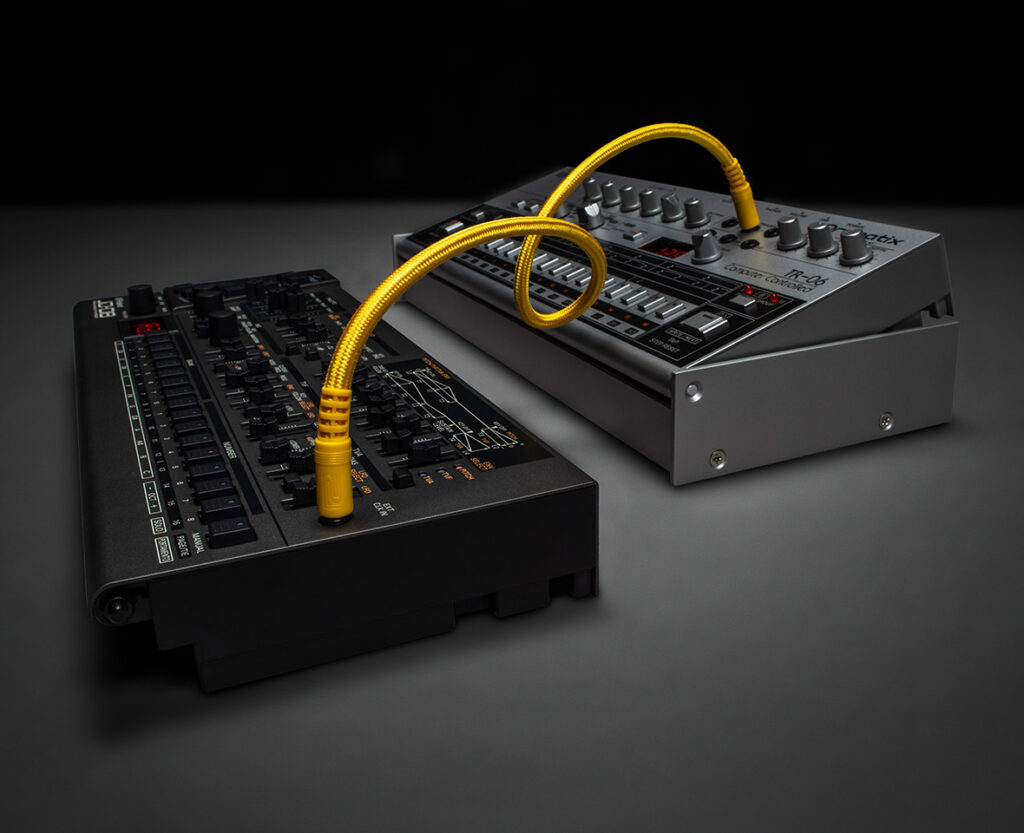Roland’s latest Boutique reboot is based on one of the brand’s lesser known instruments. Greg Scarth discovers why its powerful synthesis approach should be taken seriously.

Since the launch of Roland’s Boutique range in 2015 we’ve become very familiar with the concept. Each Boutique instrument is essentially a reboot of a vintage Roland classic, with previous models including modern takes on the legendary TB-303 acid box, TR-808 drum machine and D-50 linear synthesiser.
Some of those original instruments were analogue, some were digital, but almost all the Boutique instruments are digital (with the exception of the SE-02), relying on Roland’s proprietary Analog Circuit Behavior technology. The focus seems to be twofold. Firstly, the sound of the original instrument is replicated to a high degree of authenticity. Secondly, and just as importantly, the original models are lightly updated in terms of features and usability. Everything gets MIDI, whether it originally had it or not, and you can also expect to find effects, sequencers and added functions not found on the original models.

The Boutique JD-08 is one of the more esoteric offerings in the range, based on a synth which isn’t as well known as some of Roland’s other instruments. The JD-800 was released in 1991 at a time when it was becoming commonplace for synths to move away from hands-on real-time controls. Think back to 80s classics like the Korg M1, Yamaha DX7 or Roland’s own D-50 and you’ll remember how physical knobs and sliders had gone out of fashion to some extent, driven in part by figuring out how to control powerful new digital synthesis engines, and partly in an effort to cut manufacturing costs. The giant JD-800 bucked that trend, with dozens of front panel controls encouraging hands-on manipulation of its digital circuitry.

The JD-800 was a slightly unusual synth even in its day, and the JD-08 follows suit. The synth is effectively a modern incarnation of Roland’s Linear Arithmetic synthesis approach, a kind of twist on the subtractive synthesis method commonly found in analogue and virtual analogue synths. Starting with samples rather than oscillators, the LA synthesis approach feeds the sample waveforms into digital filters in order to sculpt the sound. There are a few slightly unusual names to get used to (the filter section, for instance, is labelled TVF for Time Variable Filter), but the controls are generally easy to figure out, with clearly defined sections for the waveform generator, filter, VCA (TVA in Roland language) and an impressive multi-stage envelope generator.
Playing the JD-08 quickly reveals just how capable the samples-and-synthesis approach is. There are a few key elements which make the JD sound different, most notably the way in which each patch is made up of four layers, Tone A through to Tone D. The sound itself is surprisingly distinctive, with a notable 90s quality to it. The JD excels at glassy pads and shimmering ambiences, but what’s impressive is how it can also get quite rough and nasty if pushed in certain directions, particularly by scrolling through the 108 original JD-800 waveform options, which can change any given patch dramatically. It’s not a synth which necessarily fares well at imitating classic analogue sounds like fat bass patches or acid lines, but it’s certainly got a character of its own.

It’s slightly ironic that the JD-08 condenses the controls of the JD-8000, whose entire USP was based on the concept of one knob per function, but Roland have done a good job of slimming the vast array of parameters down to a usable, logical control system. There’s a huge amount packed into this little box, with giant 128-note polyphony, a two-part polyphonic step sequencer, dual effects circuits and an arpeggiator. The Boutique synths are compact instruments, so it’s inevitable that there have to be some allowances for that. The only minor frustration is that the short throw of the sliders makes it tricky to be as precise as you’d like to be with some settings, such as when dialling in a filter cutoff frequency or envelope decay time.
With that said, the JD-08’s synth engine proves to be intriguingly capable. The concept of layering four tones together in order to create a complex sound works extremely well, and there’s a lot of creative potential to be had purely from adjusting the settings of the tones using the four assignable Palette faders. This is particularly effective on subtle techno and electro pads, where you can play back a sequence via MIDI and gradually adjust the timbre by tweaking the sliders, each of which is assigned to the last parameter you adjusted for each of the four tones.
The JD-08 probably isn’t the obvious starting point for newcomers to the Boutique range, purely because of the fact it’s based on a slightly lesser known model from Roland’s extensive back catalogue. That’s a shame, because this is a synth which deserves to be taken seriously for its impressive and distinctive sound as well as its hands-on approach to sculpting and tweaking patches. A less obvious choice from the Boutique series? Maybe so, but one that should be considered just as capable as some of the more widely celebrated classics.
Greg Scarth
More info/buy